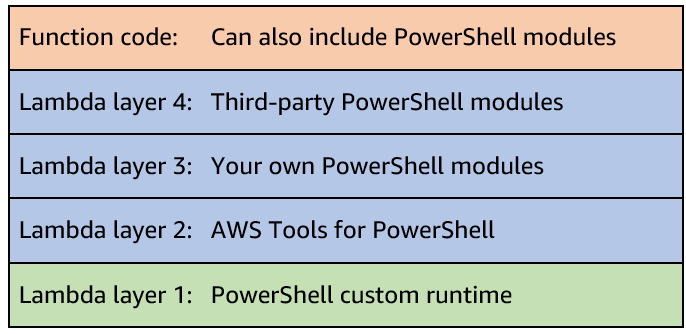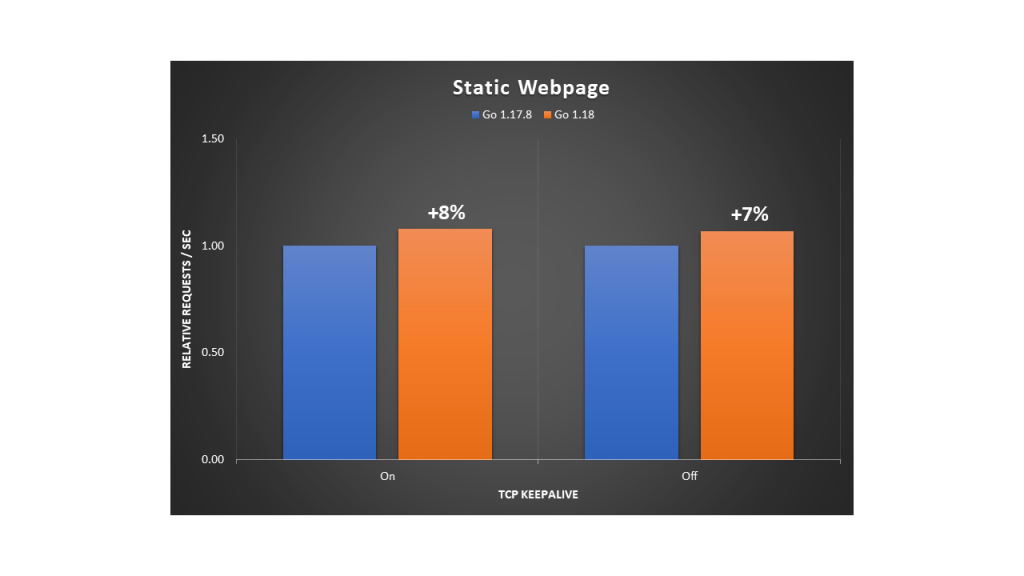AWS Compute Blog
Category: Programing Language
Reducing Java cold starts on AWS Lambda functions with SnapStart
At AWS re:Invent 2022, AWS announced SnapStart for AWS Lambda functions running on Java Corretto 11. This feature enables customers to achieve up to 10x faster function startup performance for Java functions, at no additional cost, and typically with minimal or no code changes.
Starting up faster with AWS Lambda SnapStart
This blog written by Tarun Rai Madan, Sr. Product Manager, AWS Lambda, Mike Danilov, Sr. Principal Engineer, AWS Lambda, and Colm MacCárthaigh, VP/Distinguished Engineer, EC2. AWS Lambda SnapStart is a new performance optimization developed by AWS that can significantly improve the startup time for applications. Announced at AWS re:Invent 2022, the first capability to feature […]
Simplifying serverless best practices with AWS Lambda Powertools for TypeScript
This blog post is written by Sara Gerion, Senior Solutions Architect. Development teams must have a shared understanding of the workloads they own and their expected behaviors to deliver business value fast and with confidence. The AWS Well-Architected Framework and its Serverless Lens provide architectural best practices for designing and operating reliable, secure, efficient, and cost-effective […]
ICYMI: Serverless Q2 2022
Welcome to the 18th edition of the AWS Serverless ICYMI (in case you missed it) quarterly recap. Every quarter, we share all the most recent product launches, feature enhancements, blog posts, webinars, Twitch live streams, and other interesting things that you might have missed! In case you missed our last ICYMI, check out what happened […]
Extending PowerShell on AWS Lambda with other services
This post expands on the functionality introduced with the PowerShell custom runtime for AWS Lambda. The previous blog explains how the custom runtime approach makes it easier to run Lambda functions written in PowerShell. You can add additional functionality to your PowerShell serverless applications by importing PowerShell modules, which are shareable packages of code. Build your own […]
Making your Go workloads up to 20% faster with Go 1.18 and AWS Graviton
This blog post was written by Syl Taylor, Professional Services Consultant. In March 2022, the highly anticipated Go 1.18 was released. Go 1.18 brings to the language some long-awaited features and additions, such as generics. It also brings significant performance improvements for Arm’s 64-bit architecture used in AWS Graviton server processors. In this post, we […]
Introducing the PowerShell custom runtime for AWS Lambda
The new PowerShell custom runtime for AWS Lambda makes it even easier to run Lambda functions written in PowerShell to process events. Using this runtime, you can run native PowerShell code in Lambda without having to compile code, which simplifies deployment and testing. You can also now view PowerShell code in the AWS Management Console, […]
Build a custom Java runtime for AWS Lambda
This post is written by Christian Müller, Principal AWS Solutions Architect and Maximilian Schellhorn, AWS Solutions Architect When running applications on AWS Lambda, you have the option to use either one of the managed runtime versions that AWS provides or bring your own custom runtime. The following blog post provides a walkthrough of how you […]
Implementing mutual TLS for Java-based AWS Lambda functions
This post is written by Dhiraj Mahapatro, Senior Specialist SA, Serverless and Christian Mueller, Principal Solutions Architect Modern secure applications establish network connections to other services through HTTPS. This ensures that the application connects to the right party and encrypts the data before sending it over the network. You might not want unauthenticated users to […]
Building well-architected serverless applications: Building in resiliency – part 1
This series of blog posts uses the AWS Well-Architected Tool with the Serverless Lens to help customers build and operate applications using best practices. In each post, I address the serverless-specific questions identified by the Serverless Lens along with the recommended best practices. See the introduction post for a table of contents and explanation of the example application. Reliability question REL2: […]









